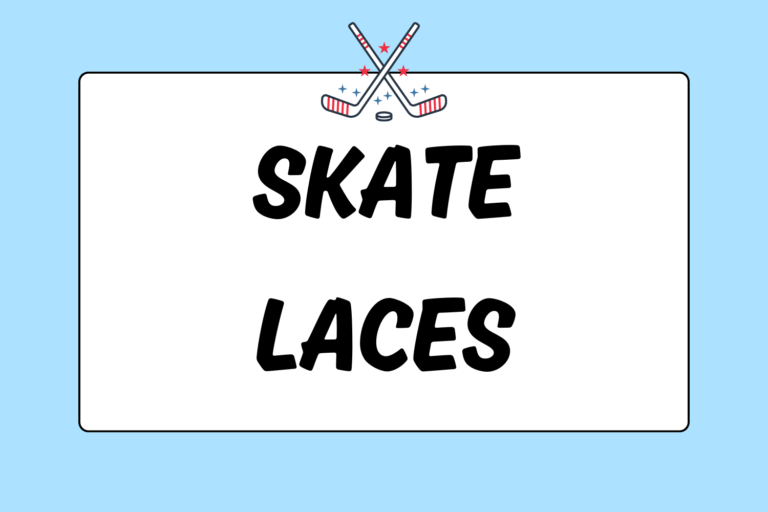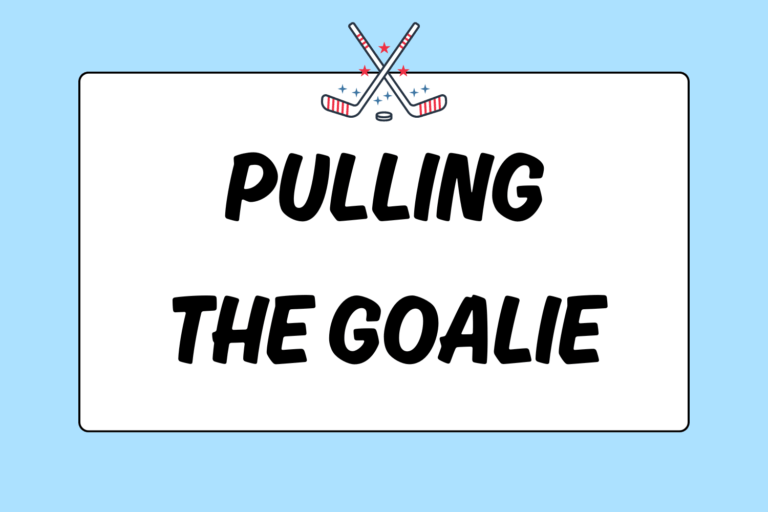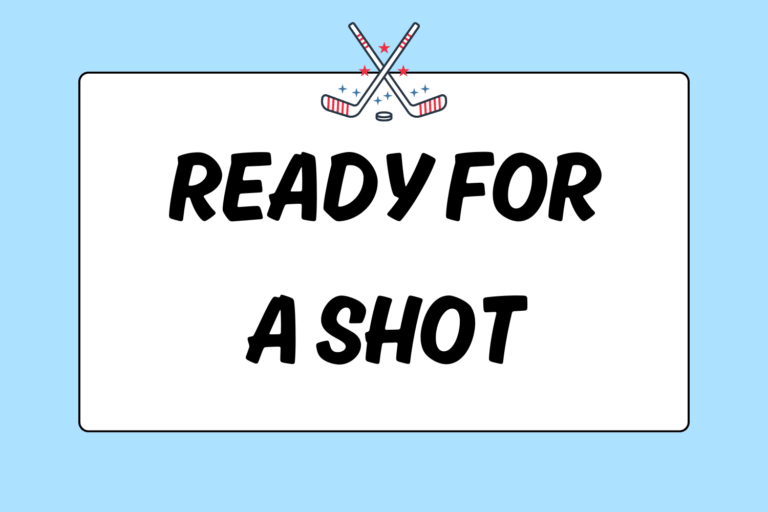Unless you are fortunate enough to have a frozen pond in your backyard, packing your gear before heading to the rink is going to be a constant in your hockey career. Whether you’re just going across town to the local rink, or taking a cross-country or even transcontinental trip, there are some basics to preparing and packing your gear.
It’s in the Bag
A quality hockey bag is essential. Ideally, you should get a high-quality bag made of Cordura nylon, one specifically made for hockey. A good bag will last you many seasons without maintenance, so don’t skimp on it just because you won’t actually be using it on the ice. With that, there are several things you can do while packing your bag that will help reduce wear to the bag and the gear inside of it, and minimize strain on your body while carrying it.
First off, aim for getting a bag that’s the appropriate size. It may seem like a given that goalies should get goalie bags and players should get player bags, but it’s not that simple. Make sure the bag you use isn’t too big for your gear. It’s much easier to carry a bag that is relatively full, as the contents aren’t constantly moving around. Plus, the less movement there is, the less likely it is that an expensive piece of equipment will break.
Skates
You should invest in skate guards with which to cover your blades. This not only protects your other gear from getting cut up, it will prolong the life of your skate blades between sharpenings. If you can’t afford or find proper skate coverings, try reusable canvas shopping bags.
Packing
When packing your bag, pay special attention to how you load your skates, helmet and shin pads; goalies should add the blocker to that category, too. The hardest, stiffest pieces of equipment should be packed in the following manner:
- Keep them in a place that’s away from your body. If you pack your skates or helmet in the part of your bag that rubs against your body while carrying it, you’re likely to have bruises before you even hit the ice.
- Your helmet and skates will take an additional beating if they’re getting squished between your other gear and the ground when you set your bag down. Try to line the bottom of your bag with your shoulder pads and pants, and put your other gear on top. If your pants are bigger, maybe try stuffing your skates inside of them for extra protection.
Goalie Leg Pads
Some goalies, especially those with giant-wheeled bags, put their legs pads in the bag, as well. If your bag isn’t that big, try connecting the top straps of your pads and slinging them over your shoulder (the shoulder that’s not carrying your bag, that is). This will balance out the weight of your gear, and should make walking around a bit easier.
Sticks
Either hold your sticks in your free hand, or, if you have an over-the-shoulder bag, lay them across the top of the bag. If you have a backpack-style bag, avoid putting your sticks in the bag in a manner in which they poke out the top. This can lead to sticks clipping on doorframes, or worse, other people.
In-House Hockey
If you’re in an in-house hockey league (a league that holds all of its games at the same rink), or consistently play pick-up hockey at the same rink, it’s a good idea to familiarize yourself with the pro shop. Learn the hours and know what the staff has available. This way, you can plan accordingly and bring whatever extra materials you might need that won’t be readily available. Always be ready for a piece of equipment to break down during your game and have a replacement on hand. Here are some things you should always have available:
- Sticks: Always have an extra stick. You never know when one might break. If your two sticks aren’t the exact same make and model, try alternating them at practice. That way, if one breaks during a game, you will feel comfortable with the backup.
- Tape: Have plenty of cloth stick tape and plastic shin tape in your bag at all times. You never know when a skate might cut into your stick’s tape job, or a Velcro strap might break off. In experienced hands, tape can fix a lot of things.
- Hardware: Know what sort of screws, clips, nuts, and bolts your helmet requires, and always keep some extras in a small baggy. You should also have a multi-tool that will allow you to change these out.
- Skate Stone: It’s never a bad idea to keep a handheld skate-honing tool (or “stone,” which can be found in most pro shops). If your skate blade gets a nasty burr, a skate stone can be the difference between continuing your game and running to the pro shop to get your skates fixed … and missing several shifts.
- Jerseys: Always have a light and a dark jersey in your bag. You never know.
- Eyewear: If you wear contact lenses, always keep an extra set and some solution in your bag. Finishing a game partially blind can be very frustrating.
Hockey Road Trip
Even more preparation is required when you take a hockey road trip. Call ahead to the rink you’ll be playing at and find out the hours of its pro shop and if/when they have a skate sharpener available. If they don’t, be sure to sharpen your skates before you leave.
When packing up the car (or van, or bus), be sure not to stack bags so high that the driver can’t safely see out of his windows. If you’re in a car instead of a van, the best place to keep sticks is often in the channel between the seats and the door on the passenger side. If it comes down to it, always sacrifice passenger comfort for driver comfort.
When you get to your destination, see if there’s a place you can keep your gear. This is twofold, as gear left in a car is both stinky, and a theft risk. With that, never leave your gear unattended. Have someone watch the gear if the rest of the group has to take care of something. Many rinks provide visiting teams with lockable dressing rooms. Hotels often have rooms where bags can be stored while you’re checking in. Inquire about this.
Hockey Gear on Planes
One of the most fun and rewarding experiences in the career of a hockey player is playing a game or tournament far away from home. Taking a plane trip across country, or even to a different country, exposes a team to players of different backgrounds and skill levels. Getting there is often half the battle. Here are some tips to packing your hockey gear for a plane trip:
- Call the airline several days in advance and check with them to see how they recommend packing gear. This might be your first time flying with equipment, but the airline certainly has flown hockey players before!
- Try to fly a day or two before your first game. If your gear is lost or misplaced, this will give you a chance to recover it before the opening face-off.
- Always know the phone numbers and addresses of where you’re staying and where you’re playing. This way, you can work with the airline to recover misplaced gear in a timely fashion.
- Look into insuring your gear if your game/tournament is extremely important. Travel insurance often covers lost bags, even if they’re only missing for a few hours. This will give you time/money to replace your gear if absolutely necessary.
- Use multiple luggage ID tags with your name, personal phone number, hotel phone number, and address.
- If possible, use a stick bag. Bags do a good job protecting your sticks through the bumps and bruises of travel. After all, that’s what they’re made for!
- If you don’t have a stick bag, show up early to the airport and ask for a plastic ski-bag. Most airlines have them, and they work well for sticks.
- If ski-bags are not available, wrap multiple sticks together with bubble wrap, especially around the blades. Then wrap the outside with cardboard and packing tape.
- Sticks are stronger when several are packed together. To avoid someone losing all of their sticks, mix and match your sticks with those of teammates. That way, if one stick package goes missing, everyone still has at least one of their own sticks.
Be Prepared
Planning and packing for ice hockey is never as much fun as playing, but it is still crucial. If you’re ready for all circumstances that may come your way off the ice, you’ll often be more comfortable when you actually lace up your skates and start playing. Avoiding calamity before it strikes is the best way to have a level head during game time, which leads to a better performance. Do everything you can to make things easier for when you’re actually playing the game, and you will have a much better time!





